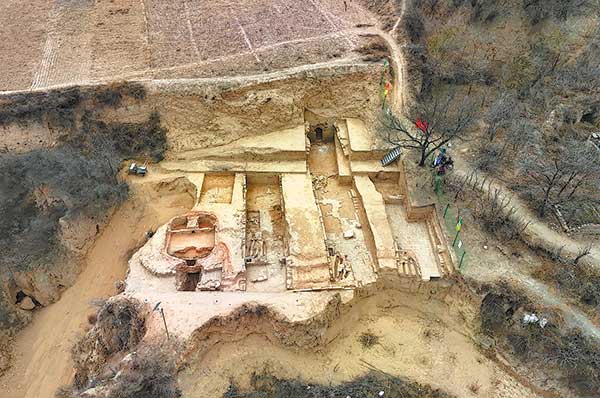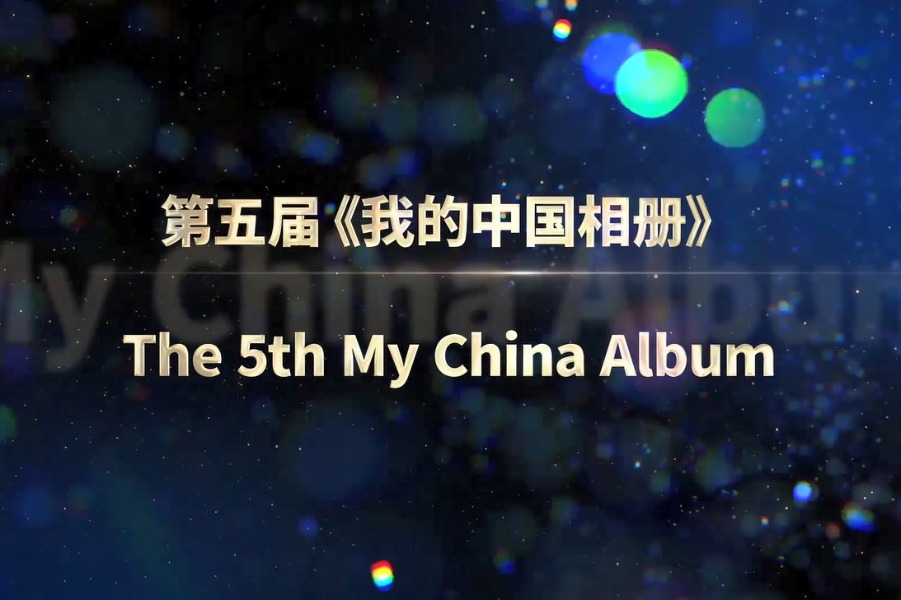Ceramics center
Major ancient white porcelain site provides important link to past, Cai Hong reports.
By Cai Hong | China Daily | Updated: 2024-04-27 17:34

Crucial connections
Shanxi connects the east with the west of China, making it a place where different ethnic groups and cultures meet. The ancient porcelain pieces discovered in Shanxi reflect the province's unique position on the field, which helped the merchants sell the porcelain from Huozhou kilns to places far away.
Fifty-four ceramic wares — 27 of them intact — were uncovered at a construction site in Hangzhou city of East China's Zhejiang province in 1987. Several experts assumed that some of the white glazed wares were products from the Huozhou kilns of the Yuan Dynasty.
Wares produced at these Huozhou kilns were also unearthed in Khanbaliq or Yuan Dadu (the winter capital of the dynasty in what is now Beijing) and ancient Karakorum, the capital of the Mongol empire. The discoveries indicate that porcelain products fired at Huozhou kilns were traded at the "high-end market", and likely used at the court of the Yuan Dynasty, according to scholars Yu Luyang and Zhu Xinhai.
But a large quantity of poorly glazed, roughly made stoneware has also been excavated, with the items considered to be used by commoners.
The archaeological excavation at Chencun was the first time for researchers to establish a crucial point in the history of Huozhou's pottery industry. It provides basic scientific and systematic data for the study of the firing history, technology, production scale, economic form, and traditional influence and development of the Huozhou kilns, Liu says.
There are many archaeological findings of ancient porcelain kilns in China but the discoveries at Chencun are still considered significant, with researchers placing them as one of the country's top 10 archaeological findings of 2023. At a seminar on the findings at Chencun in December, Chinese historians and scholars said that the Huozhou kilns site represents the highest level of white porcelain technology in northern China in the Yuan Dynasty, calling it the "swan song" or "last glory" of white porcelain in North China.
























